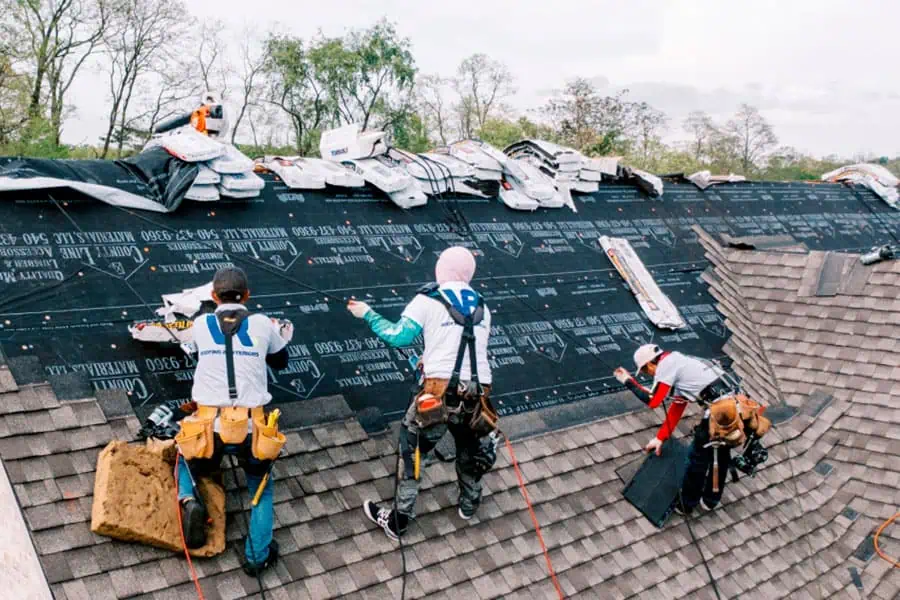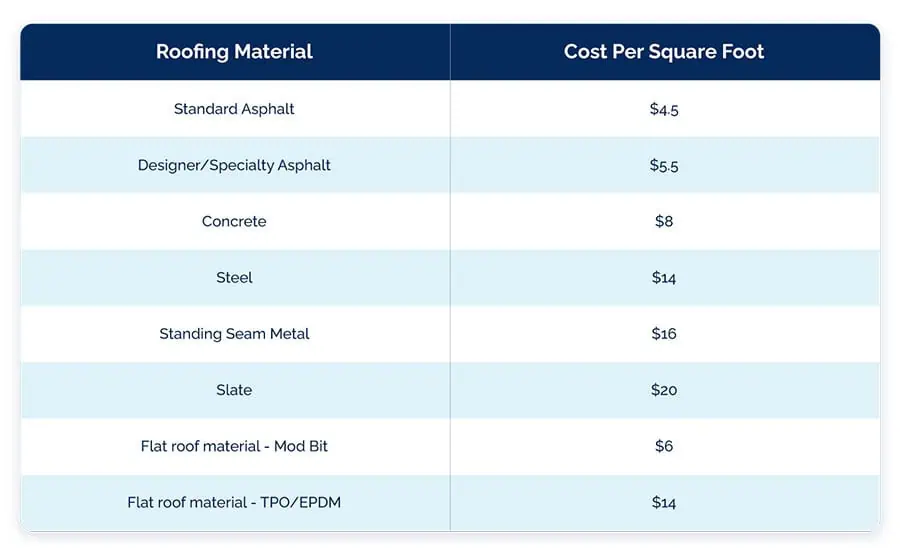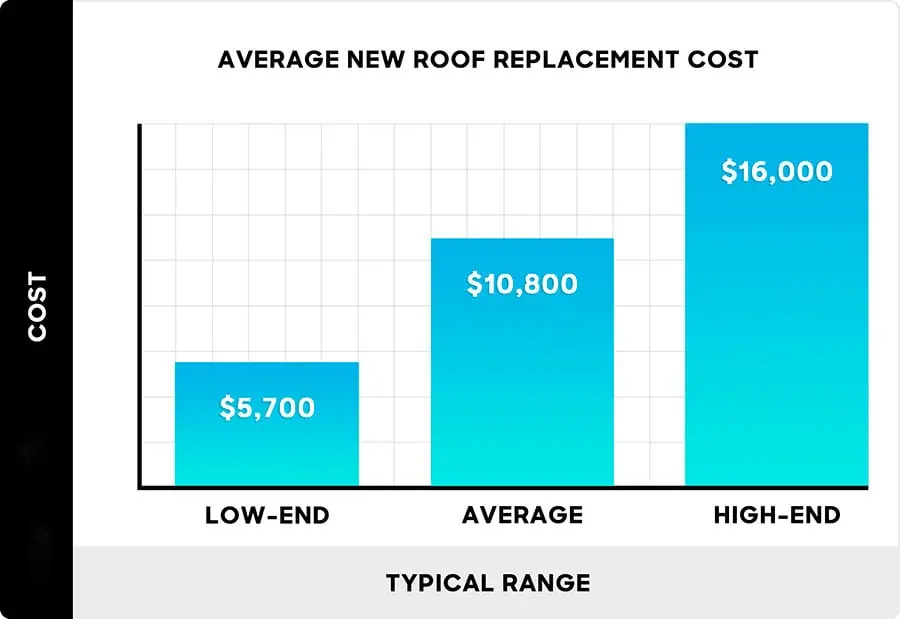Roof Replacement Cost

Introduction
Roof replacement involves removing an existing roof and installing a new one. This process is essential for maintaining the structural integrity and aesthetic appeal of a building. Understanding the costs associated with roof replacement is crucial for homeowners and property managers to budget effectively and make informed decisions.
Factors Influencing Roof Replacement Cost
Type of Roofing Material
The type of roofing material significantly impacts the overall cost of roof replacement. Common materials include:
- Asphalt Shingles: Generally the most affordable option, with a wide range of styles and colors.
- Metal Roofing: More expensive but offers durability and energy efficiency.
- Tile Roofing: Known for its longevity and aesthetic appeal, but it is heavier and more costly.
- Wood Shakes: Provide a natural look but require more maintenance and are more expensive.
- Slate Roofing: One of the most durable and long-lasting options, but also the most expensive.

Roof Size and Complexity
The size and complexity of the roof are critical factors in determining the cost. Larger roofs require more materials and labor, while complex designs with multiple angles, pitches, and architectural features can increase labor costs.
Labor Costs
Labor costs vary by region and the experience level of the contractor. Urban areas typically have higher labor costs than rural areas. Additionally, highly experienced and reputable contractors may charge more for their services.
Removal of Old Roof
The cost of removing the old roof includes labor and disposal fees. The complexity of the removal process, such as the number of layers to be removed, can also affect the cost.
Permits and Inspections
Local regulations may require permits and inspections, which add to the overall cost. These fees vary by location and the scope of the project.
Additional Features
Features such as skylights, chimneys, and ventilation systems can increase the cost of roof replacement. These elements require additional materials and labor to install or work around.
Average Cost Estimates
National Averages
The cost of roof replacement can vary widely. On average, homeowners can expect to pay between $5,000 and $10,000 for a typical roof replacement. The cost per square foot generally ranges from $3.50 to $5.50.
Cost by Material Type
- Asphalt Shingles: $3,000 to $7,000
- Metal Roofing: $5,000 to $12,000
- Tile Roofing: $7,000 to $20,000
- Wood Shakes: $7,000 to $15,000
- Slate Roofing: $10,000 to $30,000
Cost by Region
Roof replacement costs can vary significantly by region due to differences in labor costs, material availability, and local regulations. Urban areas tend to have higher costs compared to rural areas.
Cost-Saving Tips
Choosing the Right Time
Scheduling roof replacement during the off-season can result in discounts from contractors who may have less work during these periods.
Comparing Quotes
Obtaining multiple estimates from different contractors can help homeowners find the best price. It is important to evaluate the bids carefully, considering both cost and the contractor’s reputation.
DIY Options
Some homeowners may consider a DIY roof replacement to save on labor costs. However, this option requires significant skill and knowledge, and safety should be a primary concern.
Financing Options
Home Equity Loans
Homeowners can use the equity in their home to finance a roof replacement through a home equity loan, which typically offers lower interest rates.
Personal Loans
Personal loans are another option, though they may come with higher interest rates compared to home equity loans.

Roofing Company Financing Plans
Many roofing companies offer financing plans to help homeowners spread the cost of roof replacement over time.
Insurance Coverage
Homeowner’s insurance may cover roof replacement costs if the damage is due to a covered peril, such as a storm. It is important to review the policy and file a claim if applicable.
Long-Term Considerations
Durability and Lifespan of Materials
Choosing durable materials can reduce the frequency of roof replacements. For example, metal and slate roofs can last significantly longer than asphalt shingles.
Energy Efficiency
Energy-efficient roofing materials can reduce heating and cooling costs. Reflective materials and proper insulation can enhance a roof’s energy efficiency.
Maintenance Costs
Regular maintenance, such as inspections and minor repairs, can extend the lifespan of a roof and prevent costly replacements.
Conclusion
Understanding the various factors that influence roof replacement costs is essential for effective planning and budgeting. By considering material types, labor costs, and additional features, homeowners can make informed decisions and potentially save on their roof replacement projects.
